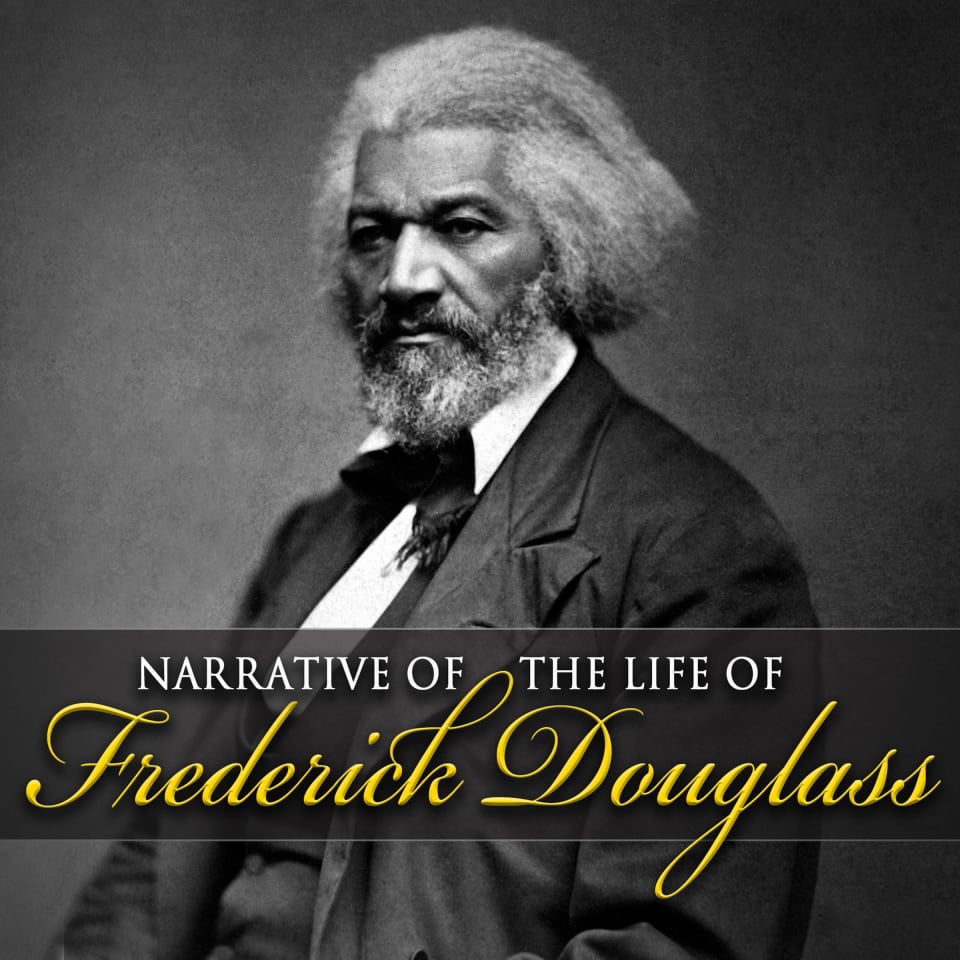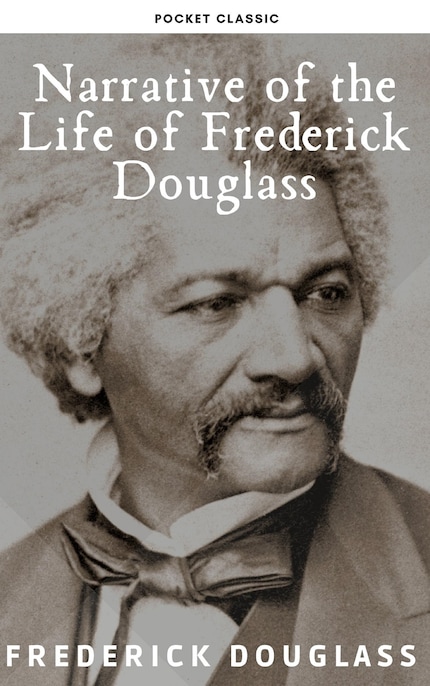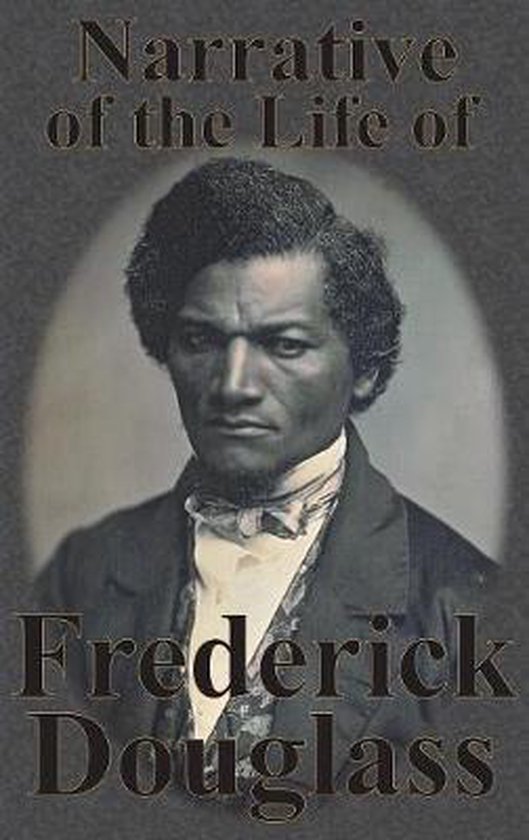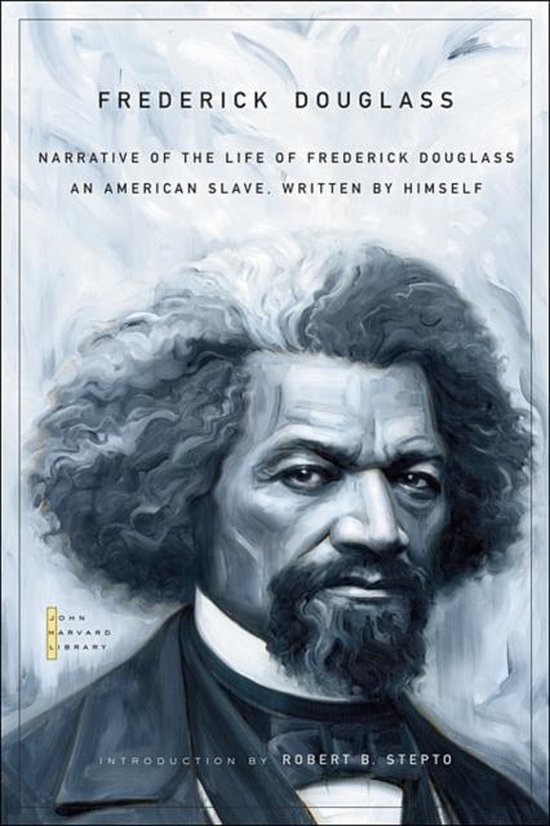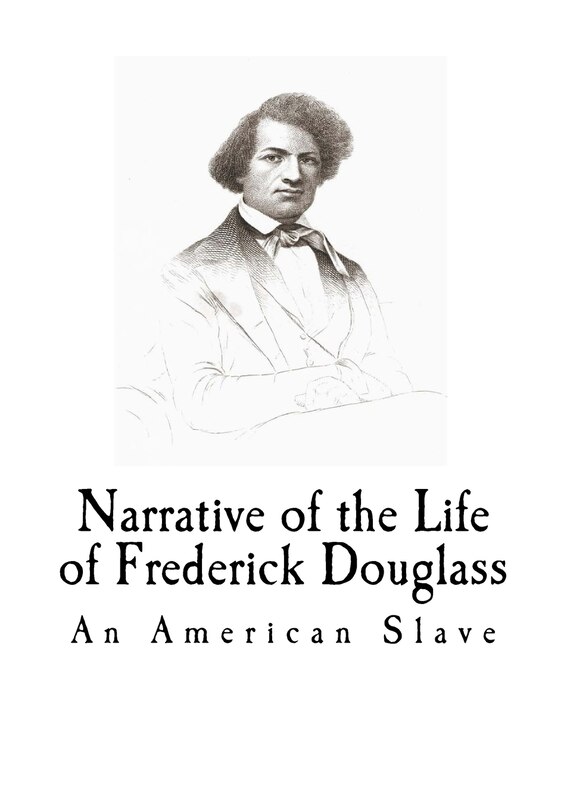Narrative Of The Life Of Frederick Douglass Audiobook Chapter 1

Okay, buckle up for the beginning of a wild ride! We're diving into Chapter 1 of the audiobook of The Narrative of the Life of Frederick Douglass, and trust me, it starts with a bang. Forget boring history lessons; this is like eavesdropping on a seriously compelling story.
Right off the bat, Frederick Douglass admits he doesn't know his birthday. Can you imagine not knowing when you were born? It sounds almost comical in its absurdity, but it's a stark reminder of the dehumanizing reality of slavery.
He knows his mother, Harriet Bailey, but sees her maybe four or five times in his whole childhood. Picture this: a quick, furtive visit at night, like a secret agent rendezvous. Talk about a complicated family dynamic!
A Questionable Paternity
Then comes the juicy bit: the rumor about his father. Whispers suggest it might be his master. Talk about awkward family gatherings! It adds another layer of complexity to Douglass's already challenging circumstances.
This shadowy figure of a father highlights the power imbalance. It also underscores the vulnerability of enslaved women like Harriet Bailey. The injustice is practically dripping off the page (or, in this case, out of your speakers).
Growing up, Douglass has an interesting relationship with his mother. He rarely sees her, and when she does visit, it is in the dead of night. This makes him appreciate her a lot more and makes their bond stronger.
Separation and Survival
We learn that children were often separated from their mothers early on. This was a deliberate tactic to break family bonds. Cruel, right?
It's a system designed to strip away any sense of belonging. It's to ensure slaves were entirely dependent on their masters. Makes you wonder how Douglass found the strength to fight for his freedom, doesn't it?
One particularly poignant anecdote involves his mother walking twelve miles, at night, just to see him. And she does it only a few times. Talk about a devoted parent!
The Coldness of Captain Anthony
We're introduced to Captain Anthony, one of Douglass's masters. He is portrayed as a hard, unfeeling man. He is a representation of the system Douglass is up against.
Captain Anthony whips a woman named Aunt Hester. This is a brutal scene, and Douglass is forced to watch it. It is an early introduction to the violence and depravity of slavery.
This moment is a turning point for young Douglass. It is a realization that the adults around him are capable of extreme cruelty. It’s a rude awakening into a world of injustice.
Food and Fortune
Even something as basic as food becomes a symbol of oppression. Douglass describes how they were fed like animals. They eat from a trough.
It's a constant struggle for survival, just getting enough to eat. This lack of basic necessities further emphasizes the inhumane treatment of slaves. It also reveals their incredible resilience.
Douglass also mentions the hierarchy among the slaves. Those who work in the house get better treatment than those who work in the field. It’s a small detail, but it highlights the subtle ways slavery divided people.
The Power of Narrative
What's amazing about Chapter 1 is how Douglass paints a vivid picture with just a few words. He doesn’t just tell us about slavery; he shows us.
He uses simple language to convey complex emotions and experiences. It makes the story accessible and powerful. It helps the reader truly connect with his journey.
By the end of the chapter, you're already invested in Frederick Douglass's story. You are rooting for him to overcome these seemingly insurmountable obstacles. You are excited to see how he will navigate this treacherous world. Ready for Chapter 2?




